Belt & Gear Drive Systems Efficient, Durable Power Transmission Solutions
Did you know 63% of mechanical failures stem from improper transmission selection? Choosing between belt drive and gear drive
impacts your entire operation. Efficiency. Maintenance costs. Downtime. Get this decision wrong and you bleed money every hour. We reveal the engineering truths behind both systems - backed by performance data.
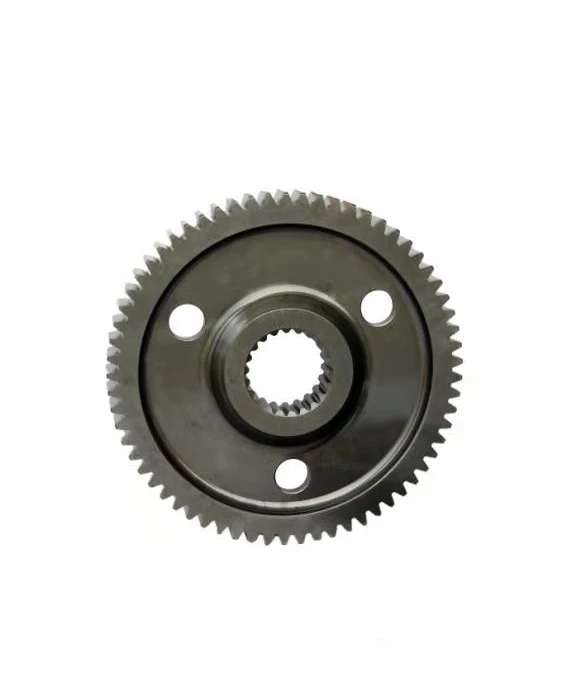
(belt drive and gear drive)
Core Performance Advantages Explored
Why does belt drive technology dominate packaging lines worldwide? Simple. You get shock absorption that protects motors during startups. You eliminate metal fatigue issues common in gear drives. And maintenance? Swap belts in minutes without dismantling machinery.
But gear drive systems deliver relentless torque. They outperform in high-load scenarios like crushers or heavy presses. Zero slippage means perfect synchronization. Your precision manufacturing demands this reliability.
| Parameter | Belt Drive Systems | Gear Drive Systems |
|---|---|---|
| Efficiency Range | 93-98% | 95-99% |
| Shock Absorption | Superior | Limited |
| Noise Levels | 72 dB | 85 dB |
| Maintenance Cost/Year | $380 | $1,150 |
| Installation Flexibility | High | Low |
Industry Application Showdown
Food processing plants choose our polychain belt drives for washdown environments. Why risk metal corrosion? Our FDA-compliant materials withstand daily sanitation. Gear drives simply can't match this resilience against moisture and chemicals.
Mining operations demand different solutions. Gear drive units transfer crushing force through solid steel teeth. They deliver 2,500+ lb-ft torque without flinching. Belt slippage? Not happening here.
Hyperdrive Customization Options
Stop accepting generic transmission solutions. We engineer belt-to-gear hybrid systems. Merge noise reduction with extreme torque capacity. Our modular approach fits your exact requirements.
Need thermal-resistant materials? Specialized tooth profiles? Tell us your operating conditions. Temperature range. Load cycles. Space constraints. We'll deliver components engineered for peak performance.
Transformative Client Results
Automotive supplier reduced downtime 78% with our synchronized belt drives. How? Elimination of lubrication points and predictive maintenance alerts. Their assembly line now runs 24/5 without interruption.
Wind farm operator boosted energy output 11% by switching to our carbon-fiber reinforced belts. Lighter weight. Higher efficiency. They recovered their investment in 14 months through energy savings alone.
Ready To Revolutionize Your Power Transmission?
Tired of compromise? Get both performance and efficiency. Our engineers will analyze your application within 24 hours. Receive a free drive-system optimization report - including cost-saving projections specific to your operation. Click below and transmit your specs now!
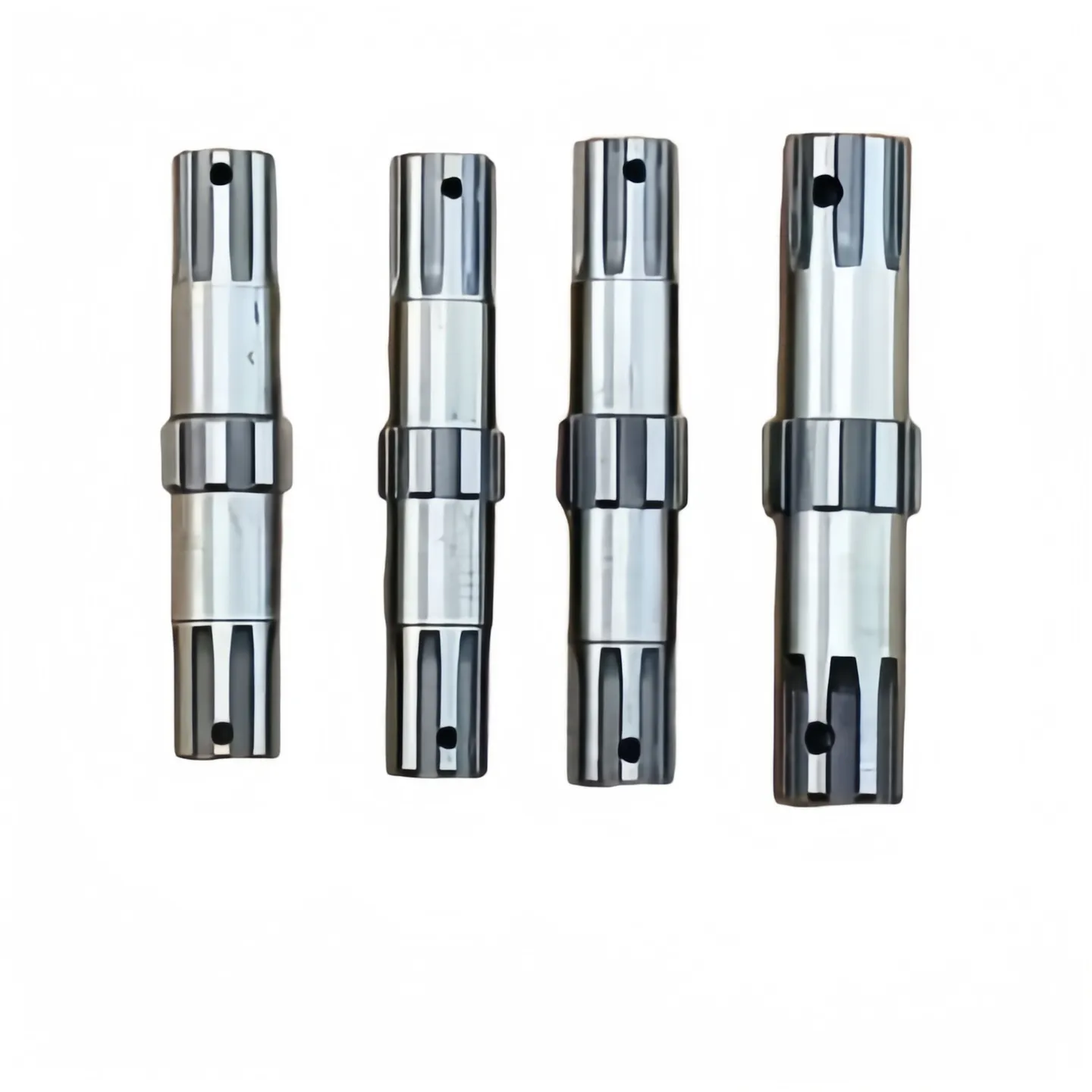
(belt drive and gear drive)
FAQS on belt drive and gear drive
Q: What are the primary functional differences between belt drives and gear drives?
A: Belt drives use flexible belts to transfer power non-rigidly between pulleys, absorbing vibrations and allowing misalignment. Gear drives employ interlocking toothed wheels for direct power transfer with precise synchronization. Belts slip under overload, acting as a safety mechanism, while gears maintain constant velocity ratios.
Q: When should I choose a belt drive instead of a gear drive?
A: Choose belt drives for high-speed applications needing noise reduction, shock absorption, or cost-effective spacing over longer distances. They excel when minor slippage is tolerable and maintenance simplicity is prioritized. Gears are better for compact, high-torque precision setups demanding zero slippage.
Q: What maintenance advantages do gear drives offer over belt-and-chain systems?
A: Gear drives require minimal tension adjustments unlike belts/chains, which need regular tightening and lubrication. They avoid wear-and-stretch issues common in rubber belts/chains. However, gears demand precise alignment and protective enclosures against debris contamination.
Q: How do chain drives compare to belt and gear drives for heavy-load scenarios?
A: Chain drives withstand higher loads than belts through metal-link engagement like gears but tolerate more misalignment than gears. Belts suit lighter/medium loads with cushioning, while chains/gears handle extreme torque. Chains need lubrication but resist environmental degradation better than rubber belts.
Q: Can belt and gear drives be combined in a single mechanical system?
A: Yes, hybrid designs leverage both: gears ensure precise timing in high-load sections while belts isolate vibrations and dampen shocks between components. Examples include timing belts driving gearheads or primary gearboxes with belt-driven auxiliary units. This balances durability and flexibility.
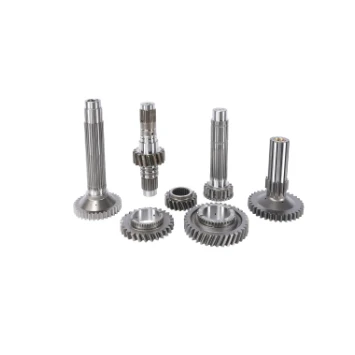
The agricultural and industrial machinery sector is experiencing remarkable growth, and at the heart of this expansion lies the trade and supply of tractors.
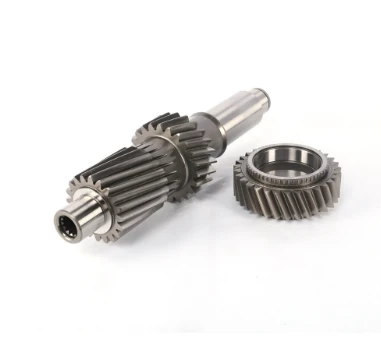
In the world of heavy - duty construction, the seamless operation of machinery is crucial for large - scale projects.
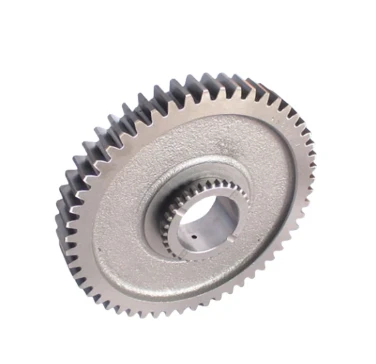
The world of tractors is vast and varied, catering to both practical agricultural needs and the passionate interests of collectors.
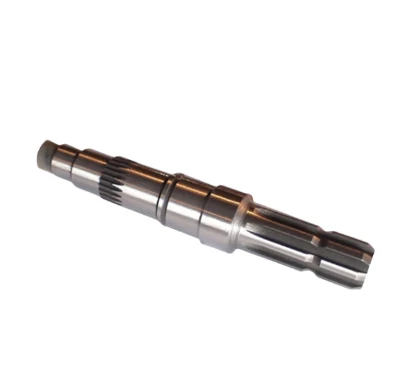
The agricultural and construction machinery landscape is constantly evolving, with tractors standing as essential workhorses for a variety of tasks.
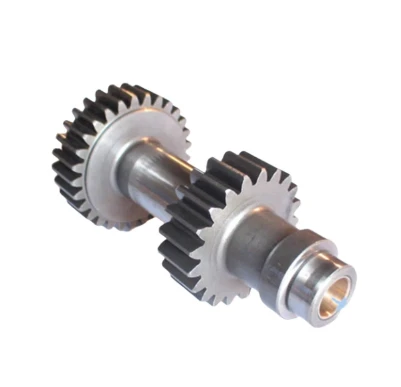
In the intricate world of mechanical engineering, gears are fundamental components that enable the seamless transfer and manipulation of power.
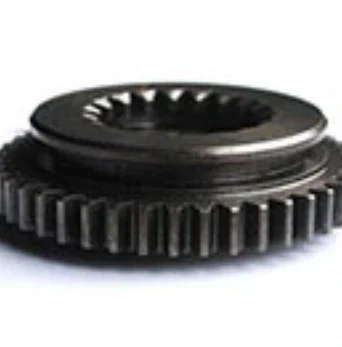
The market for tractors is a bustling hub, catering to a wide range of needs from large - scale farming operations to small - scale gardening projects.
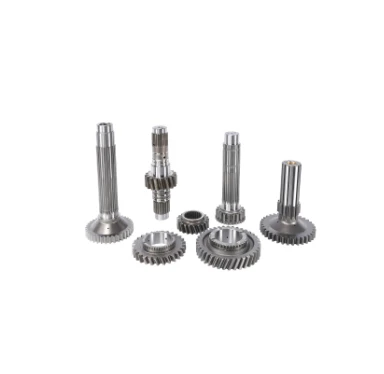
In the dynamic world of farming, machinery has become an essential part of efficient and productive operations.
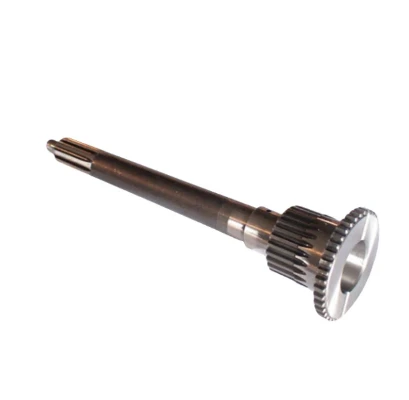
In the expansive realm of agriculture, various tools and machines play crucial roles in ensuring efficient crop production and overall farm management.
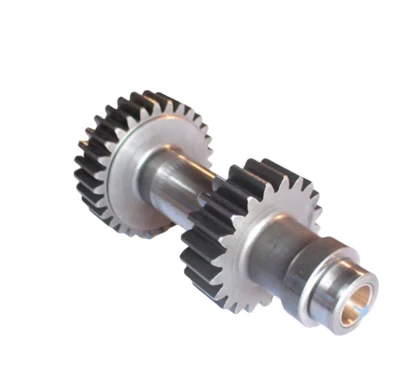
Tractors are essential workhorses in the agricultural and construction sectors, playing a pivotal role in a wide range of tasks.
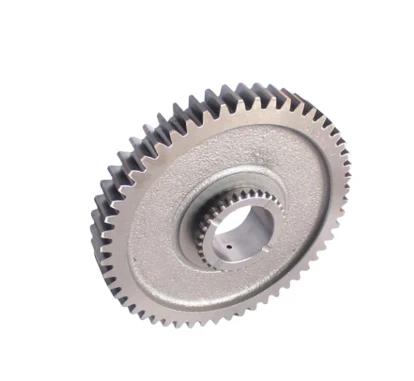
The agricultural and construction sectors rely heavily on tractors for their operations, and the entities involved in the production, distribution, and pricing of these machines shape the industry's trajectory.
International layout
Spread all over the world
our products are exported to various parts of the world. Currently, our products have been exported to more than 40 countries Our products cover Asia, Europe, Africa, South America, North America, and Oceania
Sign up
for Newsletter
Subscribe to the weekly newsletter for all the latest updates







